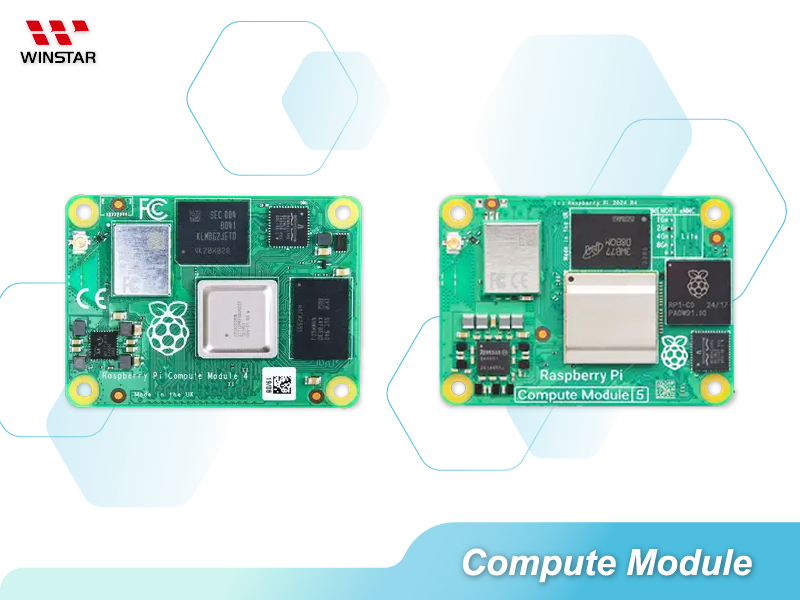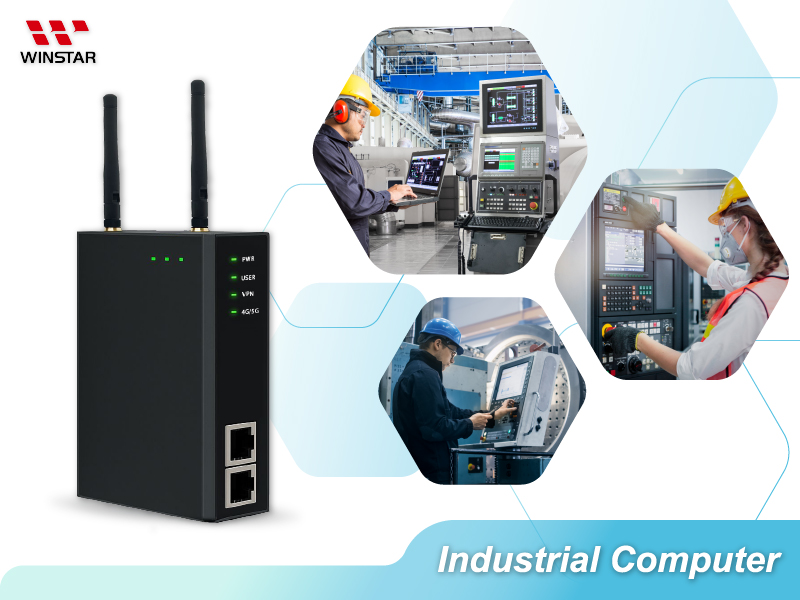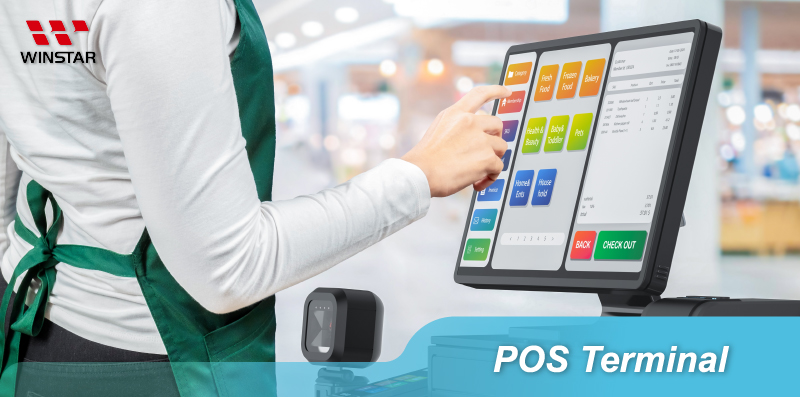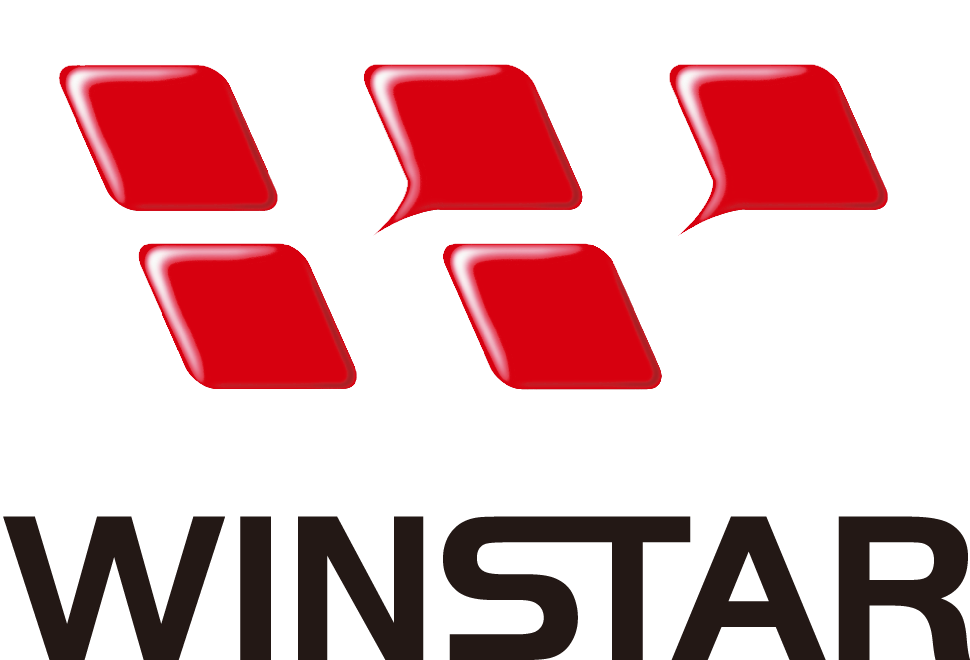The Raspberry Pi is a single-board computer developed by the UK-based Raspberry Pi Foundation, first introduced in 2012. Originally intended to promote computer science education and programming, it quickly gained widespread adoption in education, the maker community, and the industrial sector. Known for its compact size, affordability, and versatility, the platform has evolved significantly over the years. The Raspberry Pi lineup now includes several models, such as the standard Raspberry Pi 5, the lightweight Zero series, and the Compute Module (CM) series designed specifically for embedded and industrial applications.
Overview of the Compute Module (CM) Series
To better meet the requirements of embedded systems and industrial use cases, the Raspberry Pi Foundation introduced the Compute Module (CM) series. These modules retain the same processor architecture found in standard Raspberry Pi boards but are stripped of non-essential I/O and redesigned for seamless integration into custom hardware. This approach offers greater design flexibility for OEMs and system integrators.
The latest model, the Compute Module 5 (CM5), was launched in late 2024 and builds on the popularity of its predecessor, CM4, with significant improvements in performance and I/O capabilities.
CM4 features the Broadcom BCM2711 quad-core Cortex-A72 processor and is available with up to 8GB of RAM. It supports eMMC storage or microSD, dual HDMI, PCIe, CSI/DSI, and Gigabit Ethernet, providing an exceptional balance of performance and expandability.
CM5 is powered by the newer Broadcom BCM2712 quad-core Cortex-A76 processor, offering increased computational power. It supports configurations with up to 16GB of RAM and introduces the RP1 I/O controller, which integrates high-speed peripherals such as USB 3.0 and PCIe Gen 2, delivering data transfer rates of up to 5Gbps.

Industrial Applications of CM4 / CM5
Due to their compact footprint, consistent performance, energy efficiency, and long-term operational reliability, the CM4 and CM5 have become widely adopted across a range of industrial applications. Their modular architecture and flexible I/O make them ideal for a variety of demanding environments.
- Industrial Automation Controllers: When used with custom-designed carrier boards, the Compute Modules can support key industrial interfaces such as digital I/O, RS-485, and CAN bus, enabling precise device control and real-time data acquisition.
- Edge Computing in Smart Manufacturing: In smart factory settings, CM4 and CM5 serve as edge nodes capable of handling real-time data processing, executing on-device AI inference, and reducing dependence on cloud infrastructure - improving latency, security, and overall system efficiency.
- Data Logging and Monitoring Systems: By interfacing with sensors and instrumentation via GPIO or USB, these modules can function as robust data loggers. Combined with network capabilities, they support remote monitoring and analytics in critical systems.

Compute Modules as a Human-Machine Interface (HMI) Platform
The Raspberry Pi Compute Module is also an increasingly popular choice for developing Human-Machine Interface (HMI) systems. Through integration with capacitive touch displays, custom enclosures, and user interface software, CM4 and CM5 provide a cost-effective yet powerful solution for interactive control panels.
- Industrial Equipment Panels: CM4 can replace traditional and often expensive PLC display units. It supports modern graphical interfaces built with Qt, GTK, or browser-based frontends for responsive user interaction.
- Energy Management and Monitoring Terminals: In sectors such as solar energy, wind power, or smart grids, Compute Modules can display real-time data, system alerts, and historical trends, serving as centralized monitoring terminals.
- Self-Service Kiosks: From ticketing machines and food ordering systems to self-check-in stations, CM4 and CM5 offer a reliable and scalable computing platform that integrates smoothly with peripherals like printers, barcode scanners, and payment systems.

Additional Application Areas
Beyond industrial automation and HMI systems, the Compute Module series is also widely used in:
- AIoT Device Development: When paired with AI accelerators such as Google Coral or Intel Movidius, these modules can execute tasks like image recognition, natural language processing, and other AI-powered functions at the edge.
- Machine Vision Systems: With support for Camera Modules and frameworks like OpenCV, CM4 and CM5 enable deployment in machine vision applications including defect detection, product identification, and barcode scanning.
- Retail and Digital Signage: Capable of driving high-resolution displays, these modules are well-suited for promotional content delivery, video playback, and interactive digital signage, with the ability to connect to sensors for enhanced user engagement.

Conclusion
With the release of CM4 and CM5, the Raspberry Pi Compute Module series has solidified its position as a critical platform for industrial and embedded systems. Combining robust performance, modular flexibility, and cost-effectiveness, these modules offer developers a scalable solution that meets the complex requirements of modern industrial and IoT applications.








